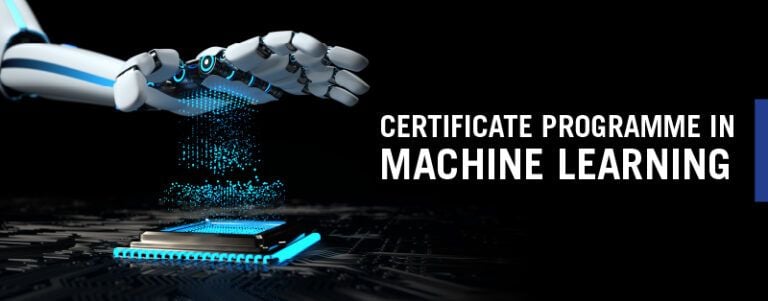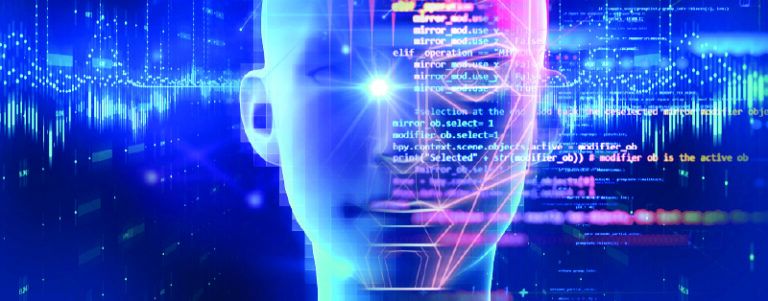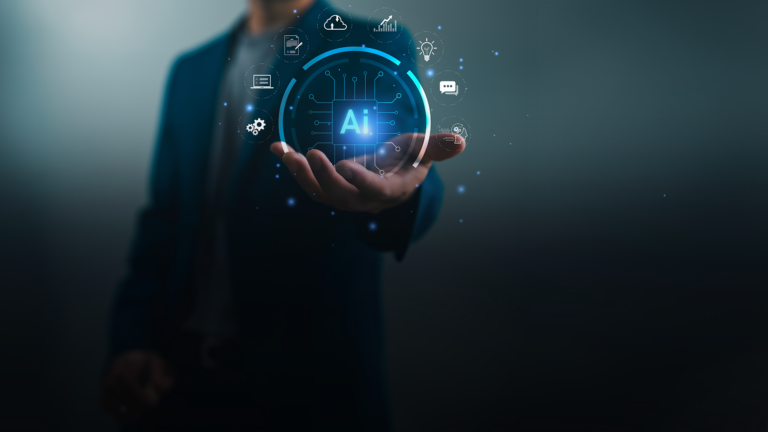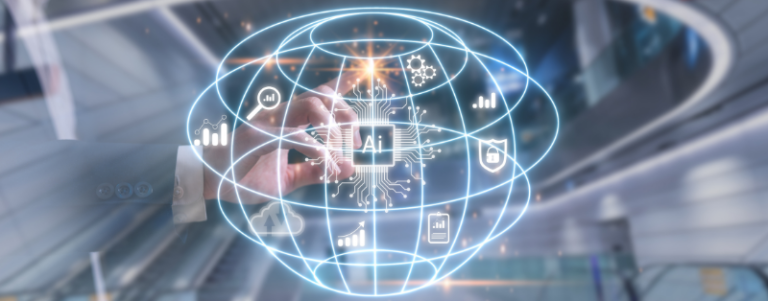A Comprehensive Guide to Understanding Unsupervised Learning
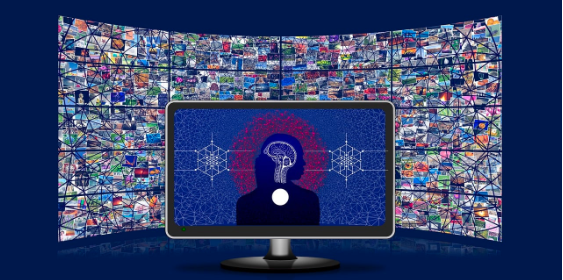
Unsupervised learning is an increasingly popular approach to ML and AI. It involves algorithms that are trained on unlabeled data, allowing them to discover structure and relationships in the data. Henceforth, in this article, you will unfold the basics, pros and cons, common applications, types, and more about unsupervised learning.
So without further ado let’s dive deeper.
Data Science Courses
What is Unsupervised Learning?
Unsupervised Learning is a machine learning algorithm which can learn from data without relying on labels or external supervision. Therefore, this makes it an attractive option for tasks where labelled data may be scarce, expensive to obtain, or simply unavailable.
Unsupervised Learning algorithms use statistical methods to discover patterns in data and enable computers to learn how to identify clusters of similar examples.
Moreover, learning algorithms can find hidden structures within unlabeled data. This can allow them to make predictions on unseen data without any initial guidance or direction.
Types of Unsupervised Learning 
There are three main types and they are listed below:
-
Clustering
This algorithm divides data points into clusters based on similarity. Common clustering algorithms include K-means, Hierarchical Agglomerative Clustering (HAC), and Density-based Spatial Clustering of Applications with Noise (DBSCAN).
-
Dimensionality Reduction
The dimensionality reduction reduces the number of features in a dataset without losing too much information about the data. These methods help identify relationships between variables and allow computers to handle high-dimensional datasets better. Some famous examples include Principal Component Analysis (PCA) and Singular Value Decomposition (SVD).
-
Anomaly Detection and Outlier Analysis
This algorithm is used to identify outliers in datasets, which may indicate the presence of fraud or other anomalies. Common methods for anomaly detection include Local Outlier Factor (LOF), Isolation forests, and one-class Support Vector Machines (SVMs).
What Are The Unsupervised Learning Algorithms
There are many unsupervised learning algorithms, each with its strengths and weaknesses. Here are some of the most popular algorithms:
1. K-Means Clustering
K-Means is one of the most popular unsupervised learning algorithms. It works by dividing data points into clusters based on their similarity, and it can be used to identify patterns in large datasets. It has application fields, such as customer segmentation and anomaly detection.
2. Hierarchical Agglomerative Clustering (HAC)
HAC is an algorithm that assigns data points to clusters based on their similarity. It works by gradually merging two or more clusters; this is until all the data points are grouped into one larger cluster. The application is mainly used for customer segmentation and pattern recognition.
3. Density-based Spatial Clustering of Applications with Noise (DBSCAN)
DBSCAN is a clustering algorithm that groups data points together according to their density in the feature space. The application is used for unsupervised anomaly detection and customer segmentation.
4. Principal Component Analysis (PCA)
PCA is a dimensionality reduction technique that reduces/lessens the number of features in a dataset while preserving the information. It works by projecting data points onto principal components, linear combinations of features that capture the most variance in the dataset.
5. Local Outlier Factor (LOF)
LOF is an algorithm for anomaly detection that identifies data points that are significantly different from their neighbours. It works by measuring how far away a data point is from its nearest neighbours and labelling it as an outlier if it falls below a certain threshold.
6. One-Class Support Vector Machines (SVMs)
It is an unsupervised machine-learning algorithm used for anomaly detection and classification. They work by fitting an SVM model to the data to learn the support vectors, which are points that lie on the boundary between classes.
Pros of Unsupervised Learning
- This learning is less data-intensive – since no human-defined label is attached to the data, a much smaller dataset can be used to train the model effectively.
- It can uncover hidden patterns in data that would otherwise remain unidentified – the algorithms involved with unsupervised learning are designed to identify patterns and correlations between different data points that would be impossible for humans to spot.
- This learning can be used to pre-train supervised models – the models developed in unsupervised learning can be helpful as inputs into supervised algorithms, allowing for faster and more accurate training of the latter.
Cons of Unsupervised Learning
- Unsupervised learning is highly dependent on the quality of data – since there are no labels to refer to, any errors or inconsistencies in the dataset can lead to unreliable results from unsupervised models.
- It is difficult to evaluate and interpret the output of an unsupervised model – as there is no pre-defined target to compare the output of an unsupervised model, it can be challenging to assess its accuracy and effectiveness.
- Unsupervised learning algorithms are much more complex than supervised ones. They can take a long time to run. As a result, running unsupervised models can be prohibitively expensive in some cases.
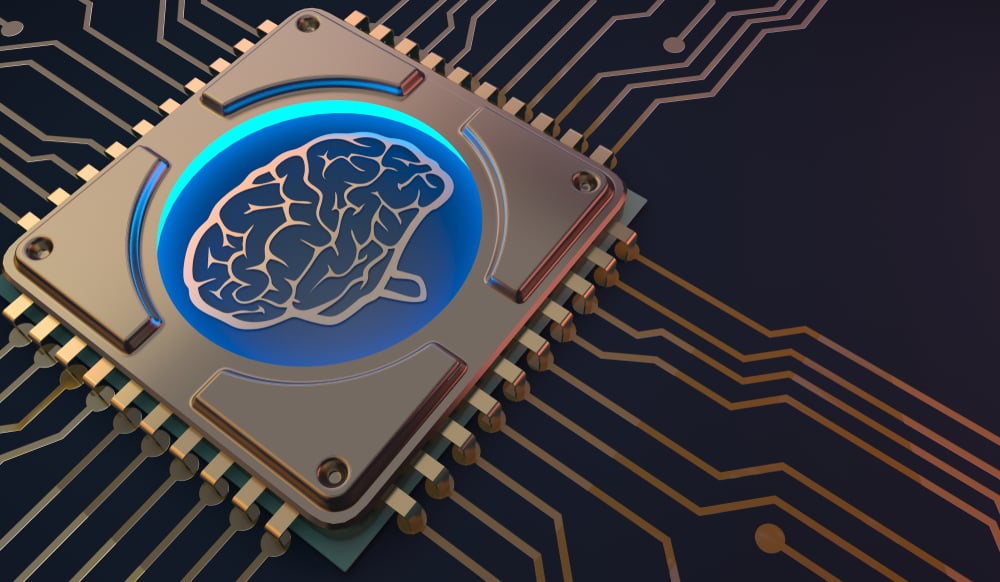 Unsupervised Machine Learning
Unsupervised Machine Learning
In order to understand unsupervised machine learning, it is best to know with an example. Let’s say that we have a dataset of customer transactions. We can use unsupervised machine learning to automatically group the customers into clusters based on their past spending behaviour. This allows us to easily identify patterns in our data and target our marketing efforts.
Using unsupervised machine learning algorithms, we can quickly and efficiently group our customers into segments according to their past spending behaviour. Moreover, we can then use this information to target our marketing efforts more accurately.
Unsupervised Learning Applications
-
Computer vision
It is a field of unsupervised machine learning. Computer vision systems can be used to identify objects, people, and other features in an image or video.
-
News Analysis
It is an unsupervised machine learning application that uses natural language processing techniques to identify topics and sentiments in news articles.
-
Medical Diagnosis
Medical diagnosis is another unsupervised machine learning application that uses algorithms to identify patterns in medical data. Using unsupervised methods, professionals can more easily identify correlations between symptoms and diseases.
-
Anomaly Detection
It is a machine-learning application used for identifying outliers in large datasets. Anomalies can indicate fraud, errors, or other patterns that are not immediately obvious.
-
Customer Segmentation
An application that uses algorithms to identify customer clusters based on their past behaviour is known as customer segmentation. By understanding customer segments, businesses can more effectively target their marketing efforts.
What are the Examples of an Unsupervised Learning Algorithm
This algorithm is a powerful tool for discovering patterns and insights from unstructured datasets. Some of the algorithms are
-
Organizing Computing Clusters
This means that the geographic location of servers is determined based on the clustering of web requests received from a specific area of the world. The local servers include data created by the people from that area specifically.
-
Analysis of Social Network
This learning algorithms can be used to identify patterns in a social network. For example, algorithms can uncover clusters of users with similar interests or behaviours.
-
Market Segmentation
Unsupervised learning algorithms can identify customer segments based on their past behaviour. Henceforth businesses can quickly and efficiently group customers into different segments according to their past spending behaviour. Henceforth this information can then be further used to target marketing efforts more accurately.
-
Analysis of Astronomical Data
By using this method scientists can uncover patterns in large datasets of astronomical observations previously undetectable. However, this could lead to new insights into the structure and composition of distant galaxies or stars.
Conclusion
Unsupervised Learning is a powerful tool for unearthing patterns and insights within unstructured data. By leveraging this algorithm, businesses can find hidden information in their datasets and use it to make informed decisions.
With Emeritus, you can harness the power of unsupervised learning algorithms to uncover hidden patterns in your data. Start discovering new insights and gain a competitive edge today. There are multiple online courses by Emeritus on Data Science, machine learning, and AI, which will help you gain an edge over your competitors.

